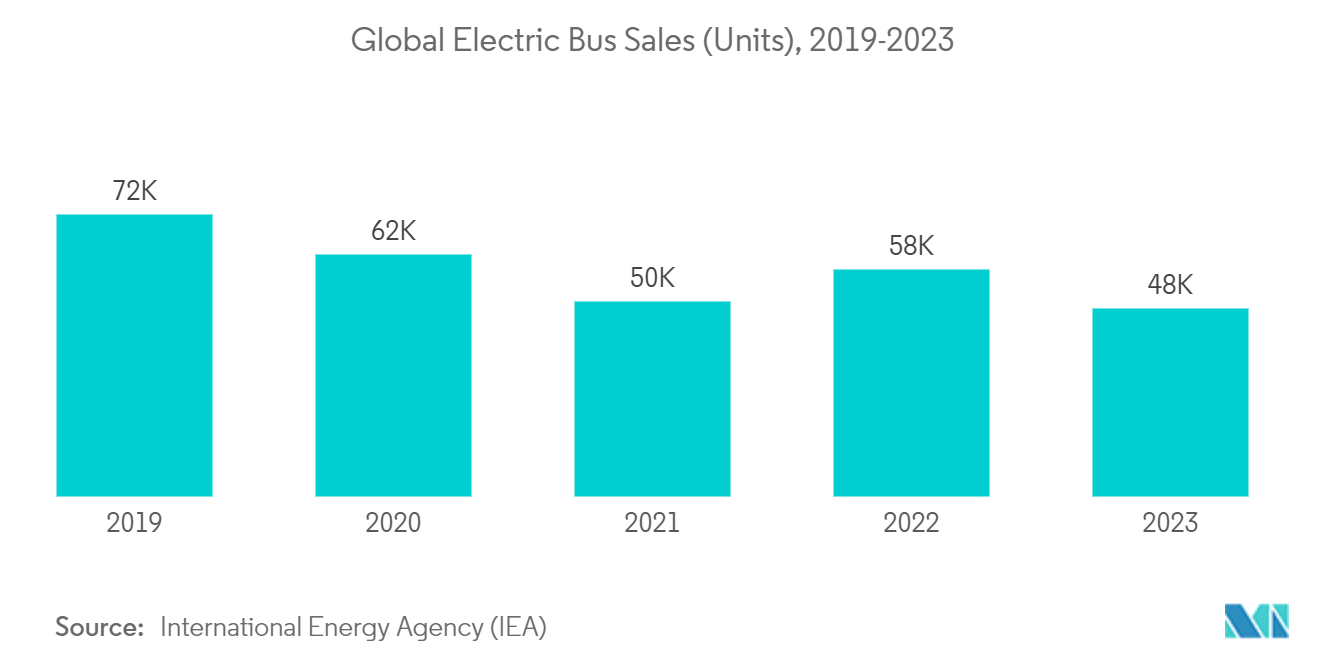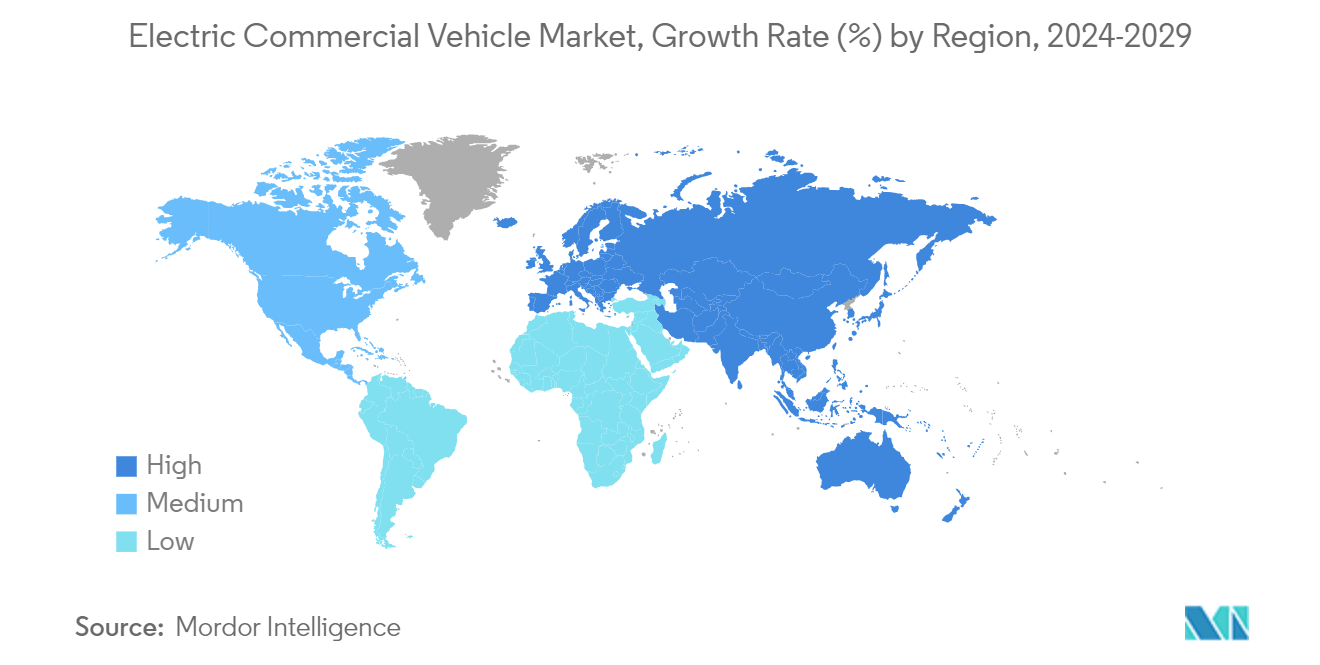Market Trends of Electric Commercial Vehicle Industry
Buses Hold a Major Market Share
The cost of fuel is a significant expense for any vehicle. As fuel prices continue to rise, opting for an electric bus for public transportation decreases fuel expenses and reduces initial costs and overall ownership expenses. By 2030, the prices for electric buses are expected to come down to that of diesel fuel buses. Electric buses help reduce 81-83% of the maintenance and operating costs compared to a diesel-engine bus.
The growing public consciousness of air pollution and climate change, along with the steady rise in diesel prices, has motivated many state and city transportation authorities to prioritize the integration of clean public transportation solutions into their regional development strategies.
Electric buses provide a superior level of comfort for passengers compared to gasoline or diesel buses. Unlike traditional diesel buses, electric buses have minimal levels of noise, vibration, and harshness (NVH), enhancing the overall travel experience for passengers.
In the United States, the Environmental Protection Agency (EPA) and the National Highway Traffic Safety Administration (NHTSA) introduced the Safer Affordable Fuel-Efficient (SAFE) vehicles rule. This regulation establishes the requirements for the average fuel efficiency and emissions of greenhouse gases for both passenger and commercial vehicles.
The Zero-emission Vehicles (ZEV) Program mandates that vehicle manufacturers must sell a certain number of eco-friendly and zero-emission vehicles, which include electric, hybrid, and fuel cell-powered commercial and passenger vehicles. The ZEV program's goal is to have 12 million zero-emission vehicles, including buses, on the roads in the country by 2030.
Worldwide, automobile manufacturers have created innovative vehicles to meet the diverse needs of their customers. For instance:
- In September 2023, India and the United States joined forces to launch up to 10,000 electric buses in India, creating a significant transformation in the country's public transportation system.
With the above-mentioned developments across the world, the demand for electric buses is likely to grow in the coming years.

Asia-Pacific is Expected to Lead the Market
The Chinese government is promoting the use of electric vehicles and has announced plans to phase out diesel fuel used in tractors and construction equipment. By 2035, all new vehicles sold in China must be powered by new energy. Half of these vehicles must be electric, fuel cell, or plug-in hybrid, with the other half being hybrid vehicles.
The increasing installation of EV charging stations throughout China may lead to a higher demand for electric buses in major regions. The expansion of electric bus manufacturers across the country will likely drive the market during the forecast period.
China has a major presence of commercial vehicle manufacturers, such as BYD Co. Ltd and SAIC, with strong R&D facilities nationwide. This trend will likely create lucrative market opportunities during the forecast period. For instance:
- In October 2023, the Starship China concept truck was co-developed and officially launched by FAW Jiefang Group Co. and Shell China Ltd.
The state governments in India are including electric buses in their fleets to convert their ICE fleet of buses and reduce operational costs while reducing carbon emissions and improving air quality. For instance:
- In May 2024, the government of India announced its plans to incentivize the adoption of electric buses for intercity and interstate travel to promote zero-emission transportation across the country.
Japan is home to one of the planet's most cutting-edge electric vehicle ecosystems. Major companies like Toyota and Nissan are taking impressive steps to develop and manufacture electric vehicles within the country.
The abundance of EV charging stations, surpassing the number of petrol and diesel outlets, indicates progress in the hybrid and electric vehicle market. These favorable conditions are expected to fuel Japan's market and demand for commercial electric vehicles. Additionally, government funding supports the growth of Japan's electric commercial vehicle market.
With such developments across the region, the demand for electric commercial vehicles will likely grow in the coming years.


